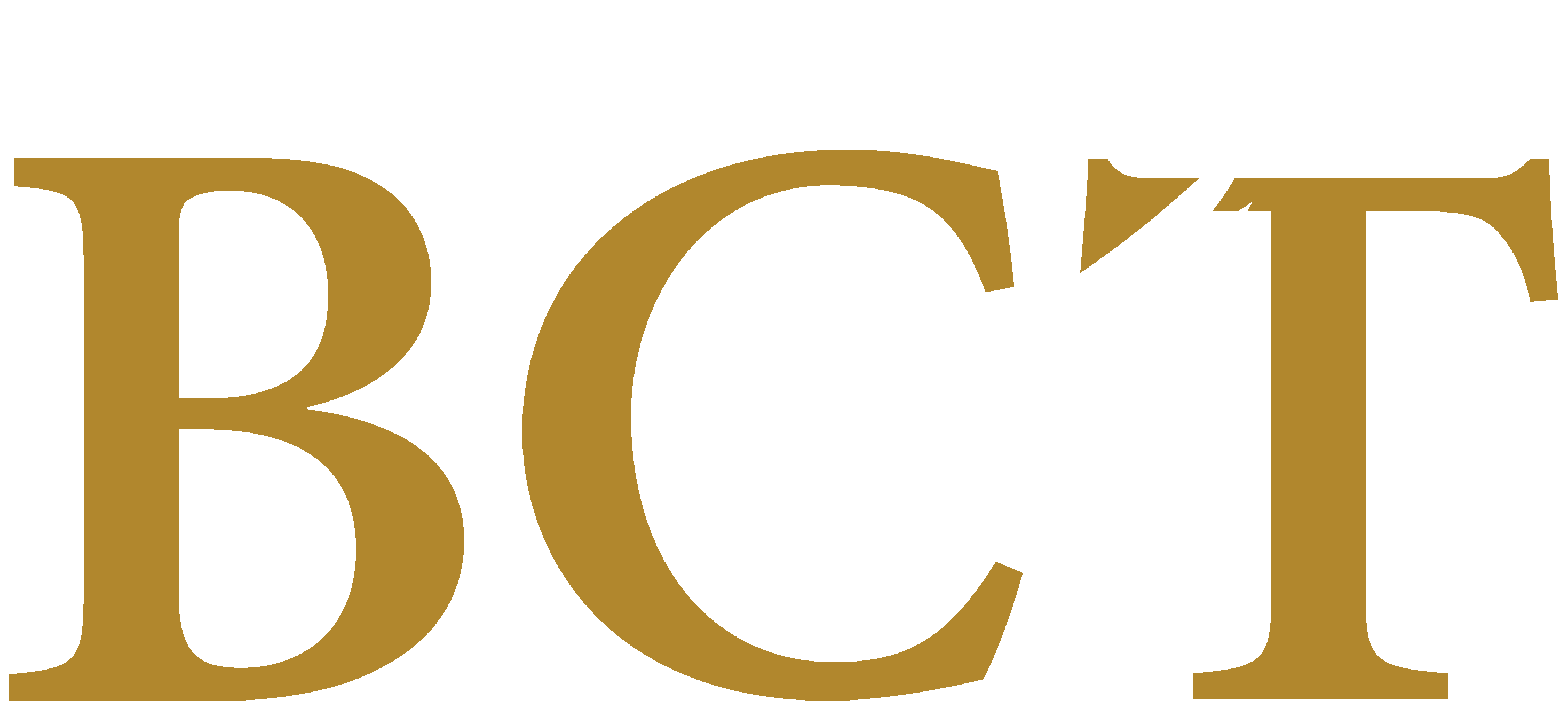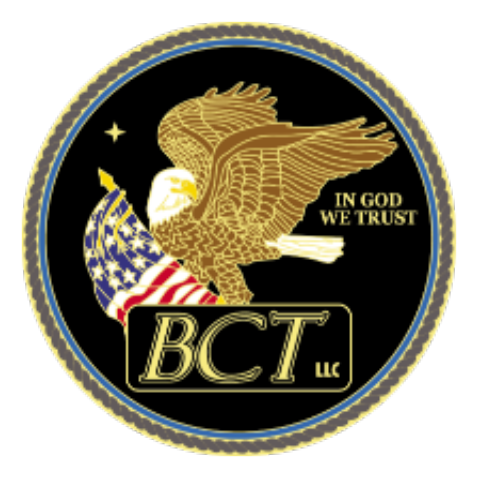Internet Protocol Version 6 (IPv6)
IPv6 is designed to succeed Internet Protocol version 4 (IPv4) as the communication protocol for the Internet.
The discussions in this topic are intended to provide an initial overview for any interested reader, not just a technical professional. It is designed as a quick read for a decision-maker or other interested reader anyone who needs an quick understanding of the topic at a high level or for a decision-maker who needs to get up-to-speed.
Internet Protocol version 6 (IPv6), sometimes referred to as IP Next Generation (IPng), is the new standard for internet communications, replacing the previous Internet Protocol version 4 (IPv4) standard that has been in use since 1981. IPv6 was published in 1998 and has been operational since 1999.
The interest in IPv6 is motivated by the larger number of addresses available with IPv6, since the last block of IPv4 addresses was assigned in February 2011.
Internet protocols control packet-switched digital communications over the internet. They are used to define the architecture, structure and formats that enable all aspects of the Internet impacting the design, operation, and user experience for servers, routers, and end-user workstations.
The Internet Protocol (IP) describes the primary message format and rules used to exchange digital packets across the internet. Within the IP protocol, each connected system needs an IP address to identify its location where it can receive message packets.
Internet Protocol version 6 (IPv6), sometimes referred to as IP Next Generation (IPng), is the new standard for internet communications, replacing the previous Internet Protocol version 4 (IPv4) that has been the standard since 1981. IPv6 was published in 1998 and has been operational since 1999.
The primary difference between IPv6 and IPv4 is the length of the addresses and therefore the number of available addresses. The IPv6 addresses are 128 bits long compared to the 32 bits used in IPv4, supporting a larger pool of possible addresses and a larger Internet population.







